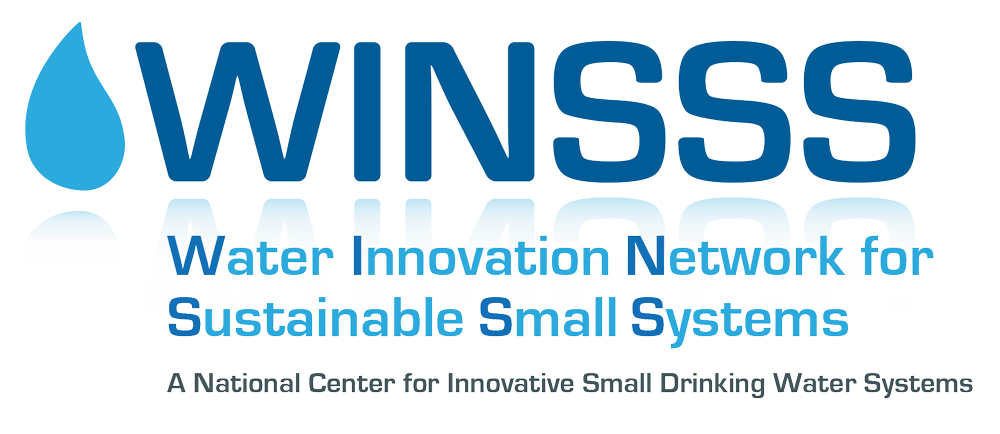The focus of Program A is on the implementation of innovative technologies that are specifically designed for, or particularly apt for, small water systems. The underlying hypothesis is that small water systems often require different technologies than do larger systems to accomplish multiple treatment objectives. The overall objective is to test whether certain innovative technologies are particularly appropriate for small water systems, and if so, to provide guidelines for their implementation that would be geared to those small systems.
Program A has several sub-projects with that common objective. The three major sub-projects are concerned with
A1: implementing the use of ferrate for oxidation (UMass),
A2: the use of aluminum- and iron-based coagulants for removal of inorganic contaminants (fluoride, arsenic, chromium, or manganese) (University of Texas),
A3: and ion exchange for multiple ion removal (Arizona State University and University of South Florida).
These larger projects will test at laboratory-, pilot-, and full-scale the various technologies that have been identified in the existing projects, and where appropriate, test alternative technologies that have been used in larger plants. The approach in these larger sub-projects will be primarily experimental. Smaller sub-projects will
A4: investigate the impacts of natural filtration (riverbank filtration or slow-sand filtration) on post-disinfection water quality (University of Nebraska Lincoln),
A5: develop guidelines on the impacts of intermittent operation on treatment performance (UMass),
A6: develop guidelines for coagulant selection (and dose setting) for enhanced coagulation (University of Texas and UMass);
A7: and investigate the impacts of climate change on the operation of small water systems (University of Texas).
These smaller projects will rely primarily on a review and interpretation of existing literature and water quality data, with small laboratory analytical components to supplement the existing knowledge.
Each sub-project in Program A will result in implementation guidelines specifically targeted to small water systems. Each guideline will be made accessible through the communication mechanisms of the Center as well as in peer-reviewed articles.
Presentations from WINSSS March 2016 Center Meeting

